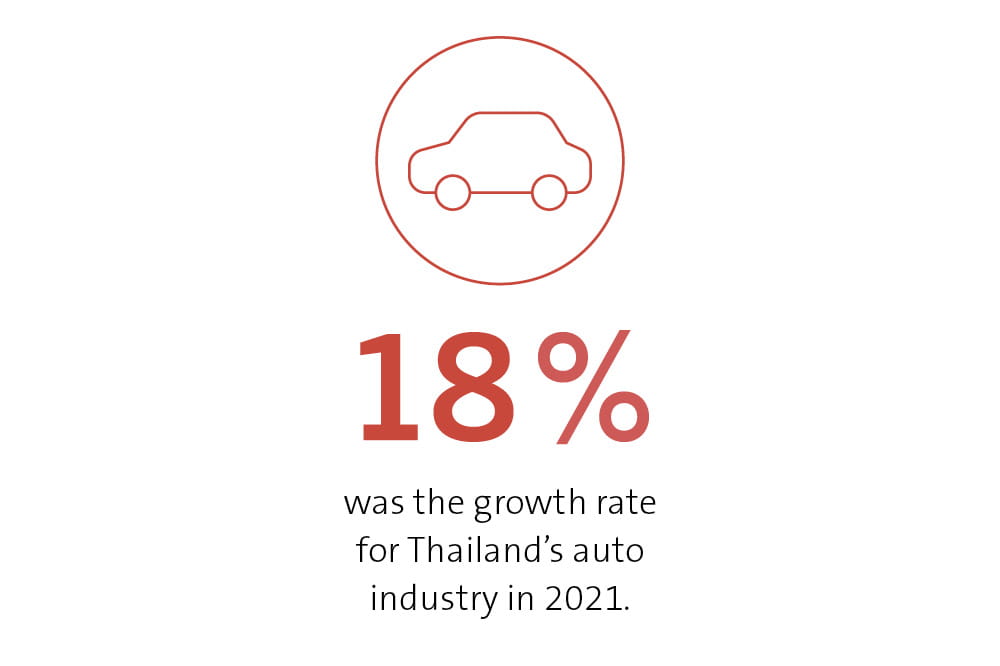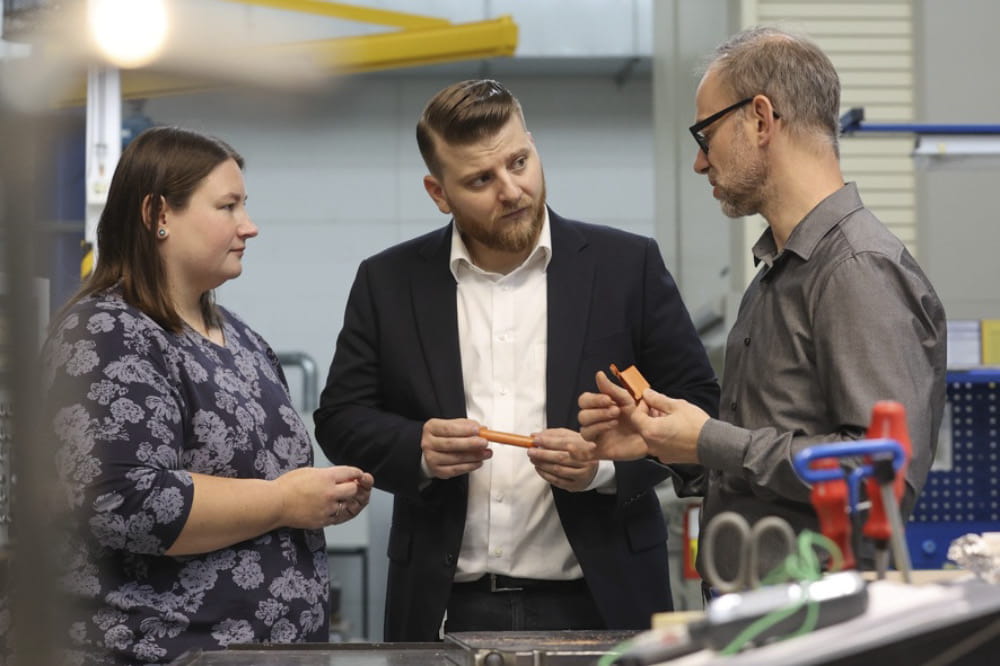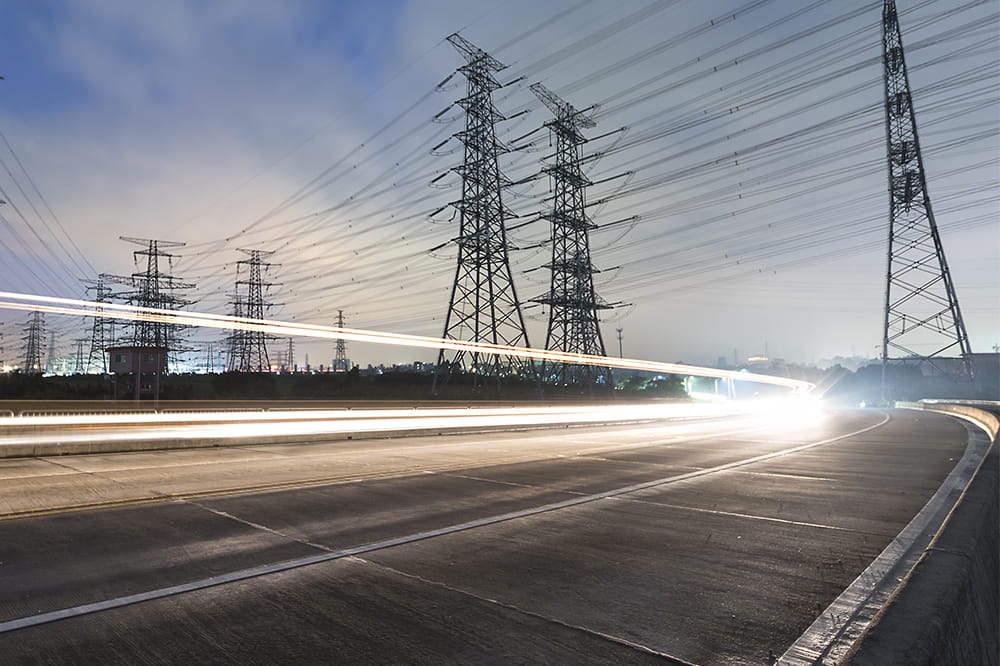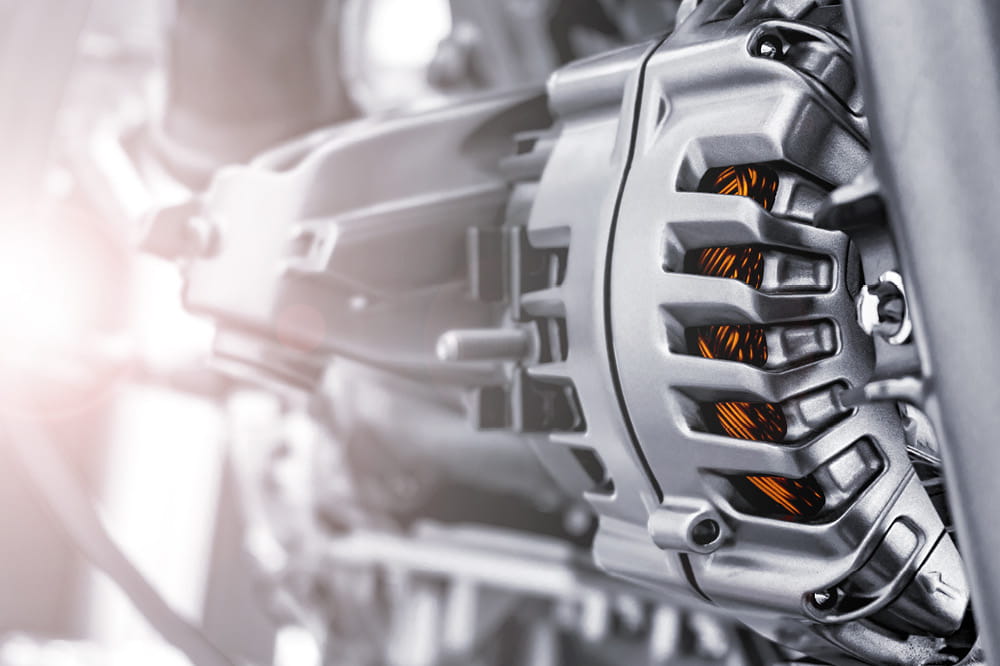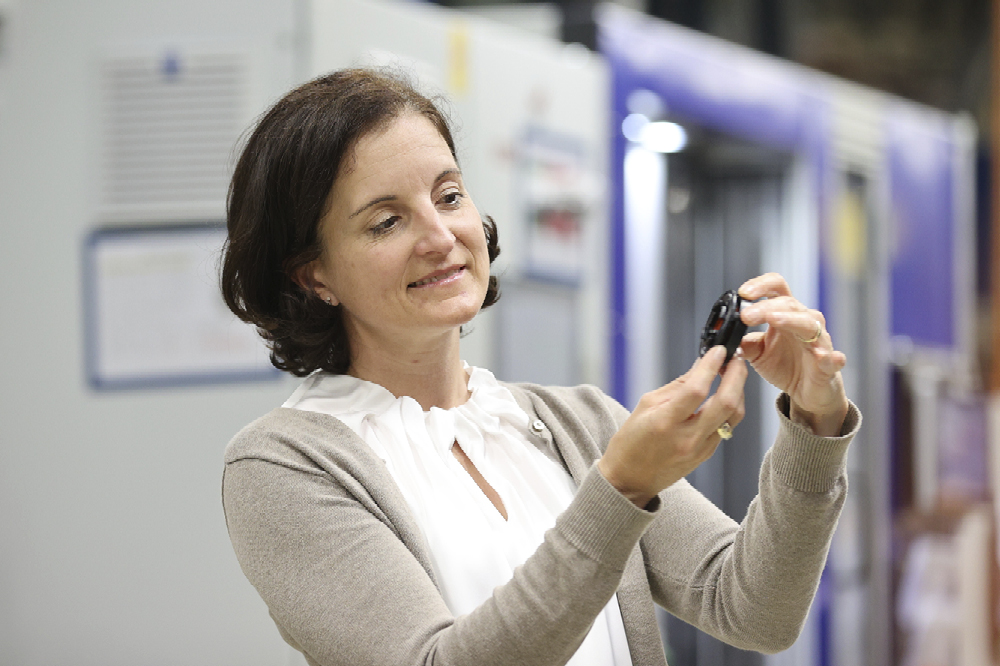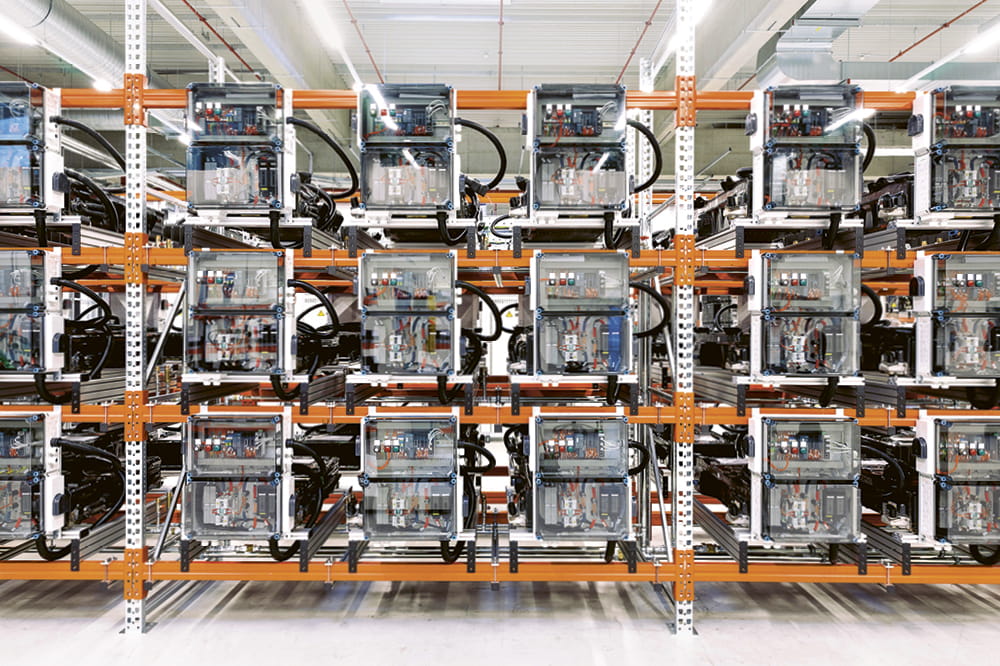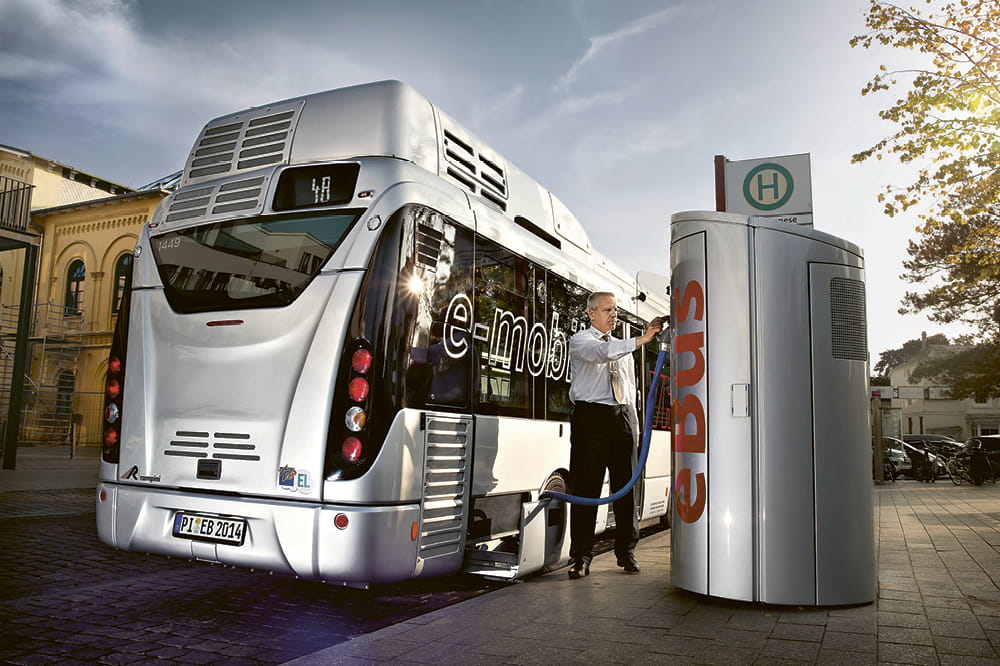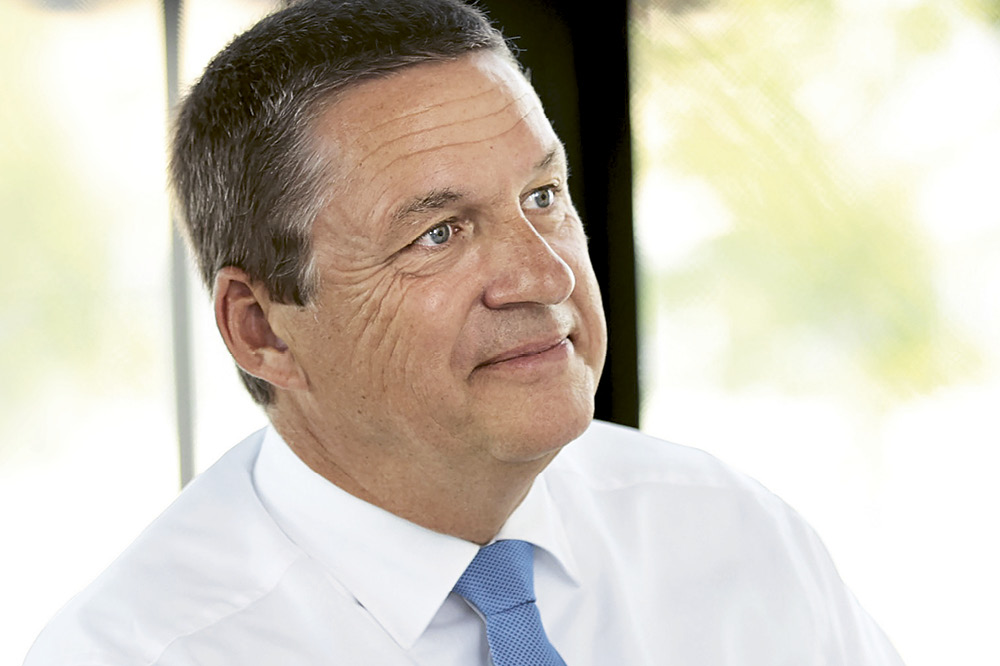Obtain news and background information about sealing technology, get in touch with innovative products – subscribe to the free e-mail newsletter.
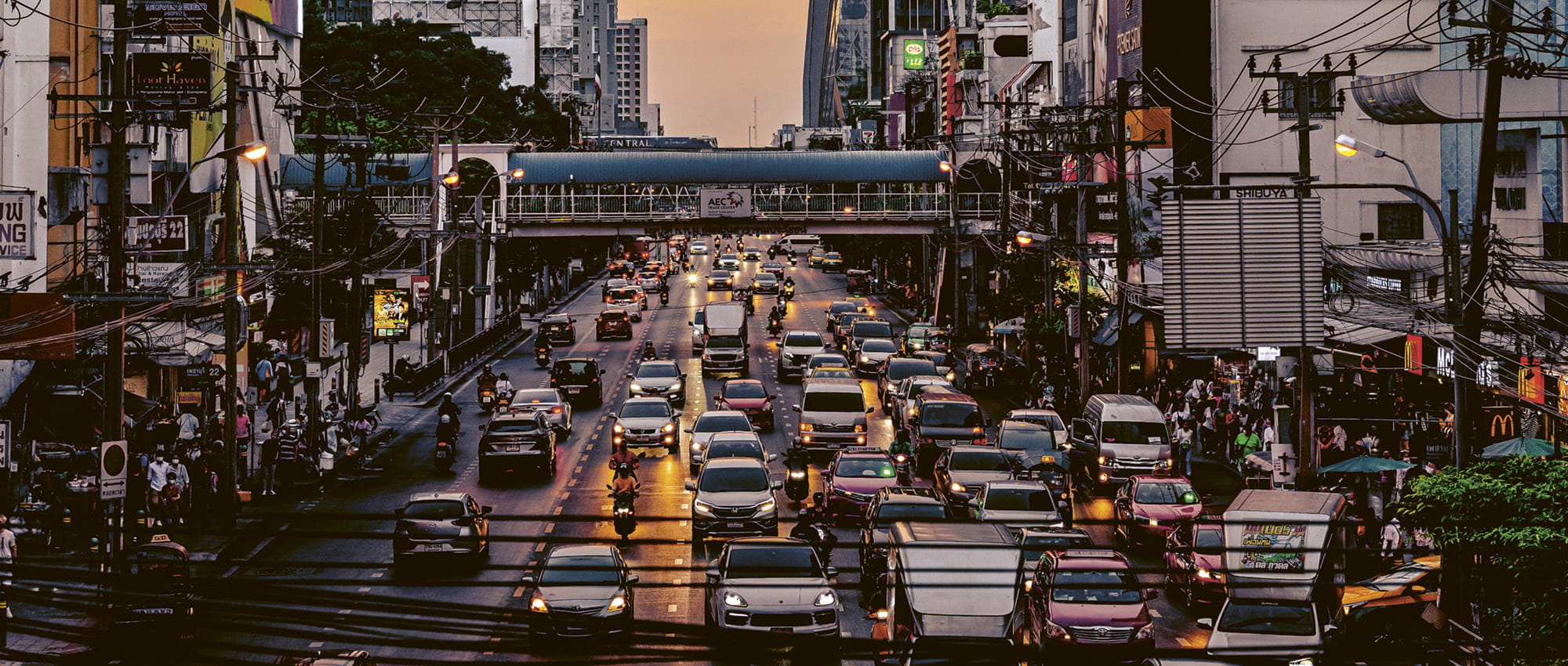
Thailand: Automotive Hotspot
Thailand has become Southeast Asia’s automotive hotspot, but still needs more in its portfolio: electric cars and the capacity to innovate, for example.
Anyone traveling through Bangkok at rush hour has to allow plenty of time for the trip because traffic will barely be moving through the city. Small and mid-range Asian cars move in densely packed formations next to ever-present pickups loaded with food, animals, and people. Thailand ranks second in the world in pickups, trailing only the United States. Among other things, these multi-purpose vehicles serve as public transport – some official, others not. All manner of motorbikes and auto rickshaws romp between the cars. If you were ever to zoom out and look down from up high, you would see a network of canals as well as a web of roads. On the so-called khlongs, narrow boats travel as far as Chao Phraya, the river flowing through the city’s center, and carry passengers between urban hubs. On top of all that, there is another mode of travel floating over city streets: the Skytrain.
Automotive Industry as Economic Lever
Bangkok’s transportation network highlights how Thailand has developed over the past few decades: More and more, the modern is paired with the traditional. This applies to its modes of transportation as well as its overall economy. For example, services and tourism account for the largest share of the country’s gross domestic product, namely 60 percent. Industry, at 30 percent, has clearly surpassed agriculture at 10 percent. The Thai government indeed subsidizes agriculture to maintain social stability and fight poverty – after all, roughly half of the population lives in the countryside and about one-third works in agriculture. But it is unmistakable that Thailand is making the transition from an emerging market to an industrial nation. Auto manufacturing is a key lever for making this possible.
Success Despite Crises
Thailand produced 1.9 million cars in 2022, surpassing the figures for Indonesia and Malaysia and holding the top spot in the ASEAN region. The Southeast Asian automotive hotspot has been impressive in international comparisons as well. Thailand ranks 10th among manufacturing countries worldwide. But the road forward has been rocky. Thailand began the second half of the 20th century with a booming economy. The government started to import cars, along with car parts that could be assembled in the country. In the process, it also founded what remains the only national car manufacturer: Thai Rung. The company initially assembled the vehicles of other brands before bringing its own models to market. In the late 1990s, a financial crisis gripped Thailand, and disastrous flooding hit the country in 2011. It managed to withstand these setbacks, thanks in large measure to major companies that increasingly transferred production to Southeast Asia and began to operate complete assembly lines in Thailand and other countries. Japanese manufacturers, in particular, bet on the market’s potential – and those wagers are now paying off. Toyota ranks first among them, with Isuzu and Honda in second and third place.
The Future Drives Electrically
In the future, the vehicle industry should continue to accelerate – likely under battery-electric power. That, at least, is what the Thai government is planning: Electric vehicles are supposed to be sold exclusively as of 2035, and they should account for half of registrations starting in 2030. Purchase bonuses and tax breaks are envisioned as incentives, and infrastructure is due to be expanded. The country’s central location in the ASEAN region is one of the initiative’s strengths, along with its proximity to Indonesia and its important mineral resources for battery manufacturing. The demand for electric cars is growing fast. The country is now facing the challenge of developing its own technologies and innovations so it can join the ranks of industrialized nations. If it succeeds, Bangkok’s traffic won’t calm down, but it will certainly be quieter and generate lower emissions.
This article originally appeared in ESSENTIAL, Freudenberg Sealing Technologies’ corporate magazine that covers trends, industries and new ideas. To read more stories like this, click here.
More Stories About E-Mobility

